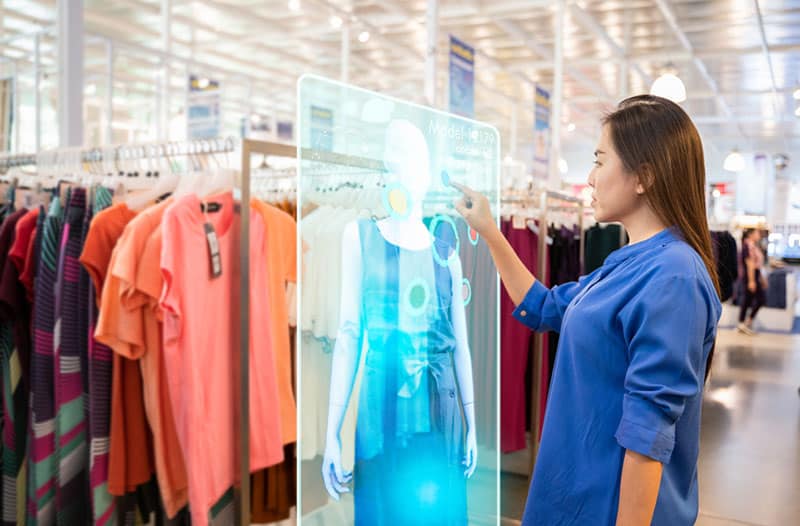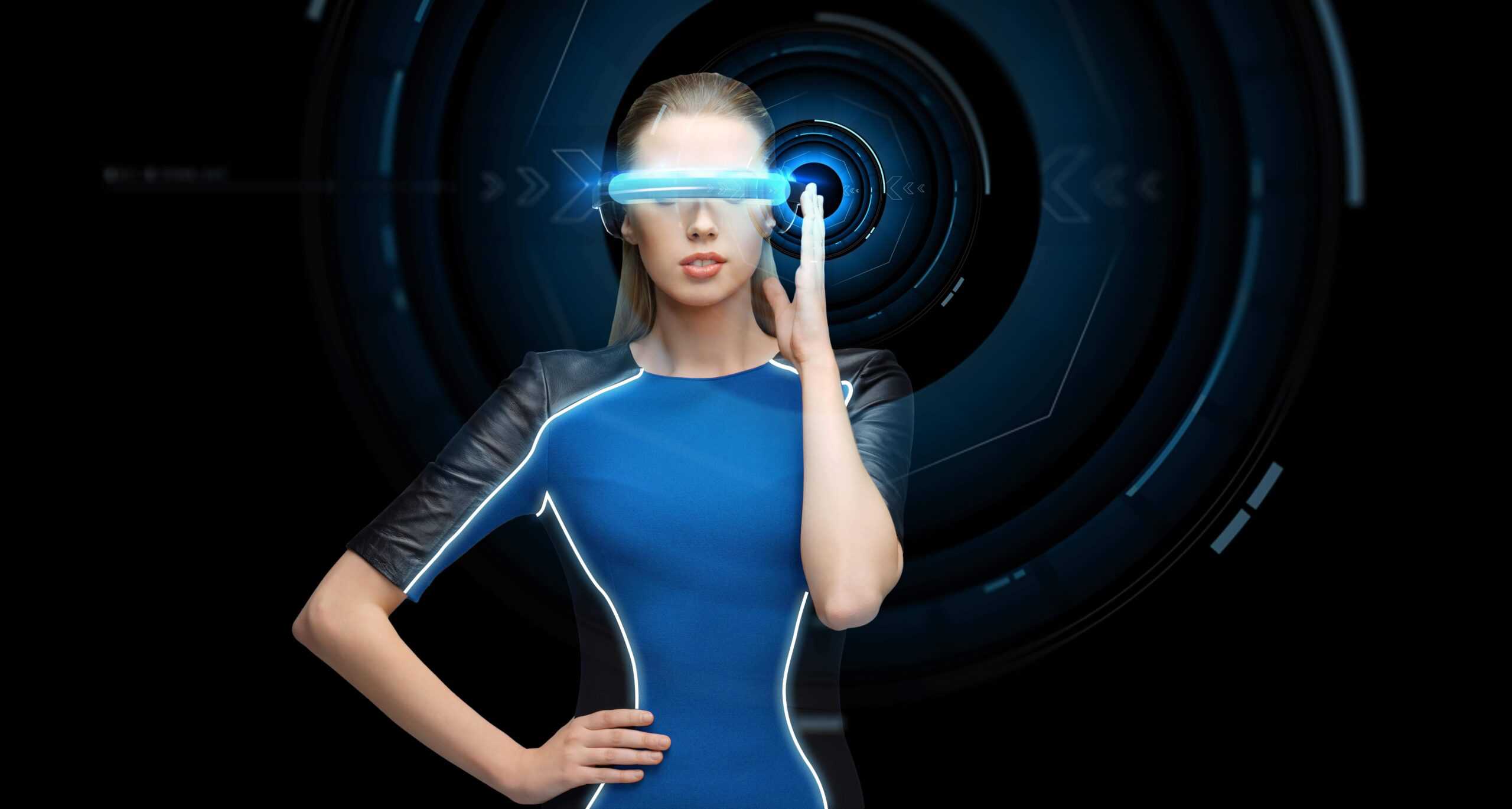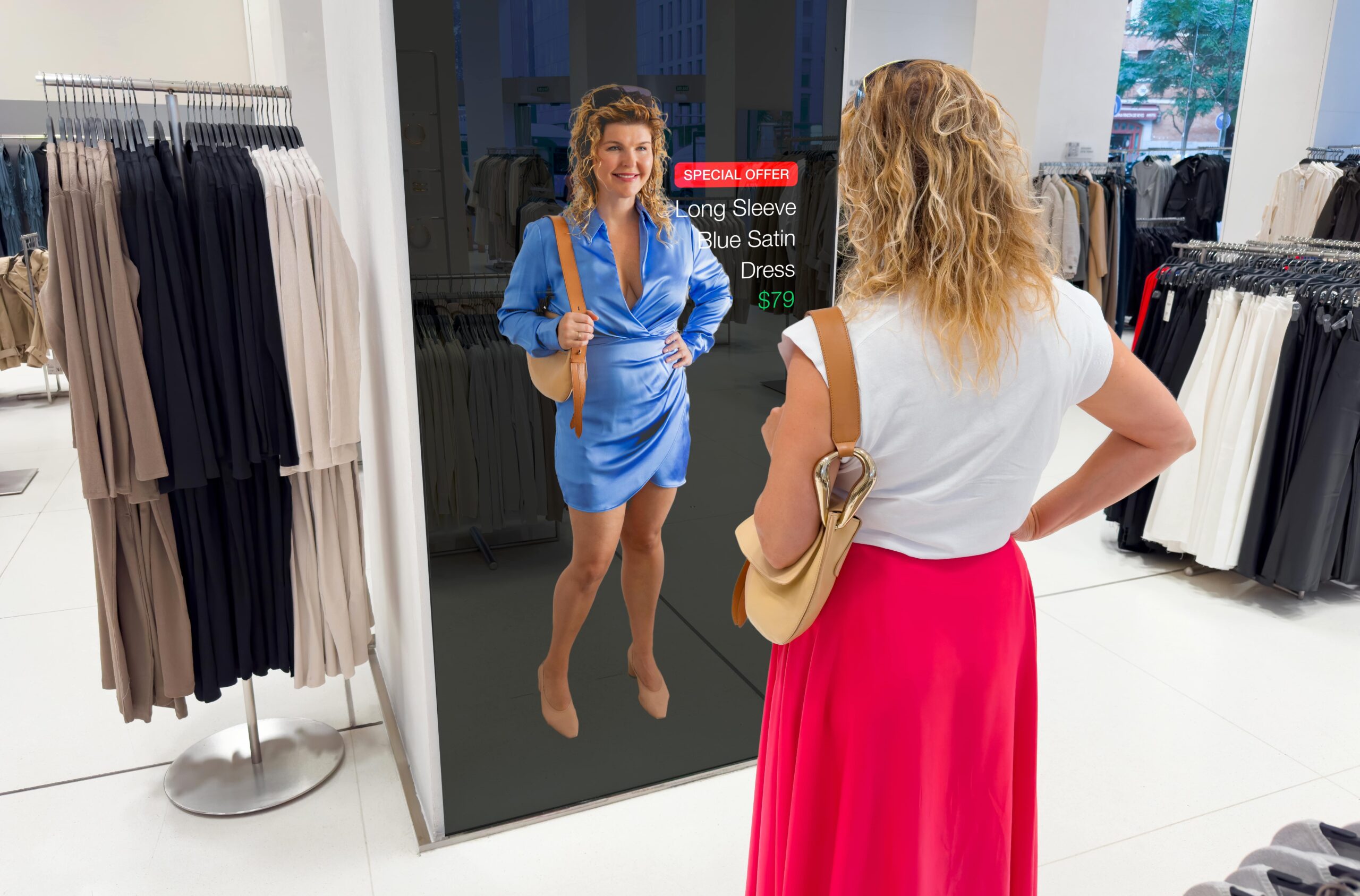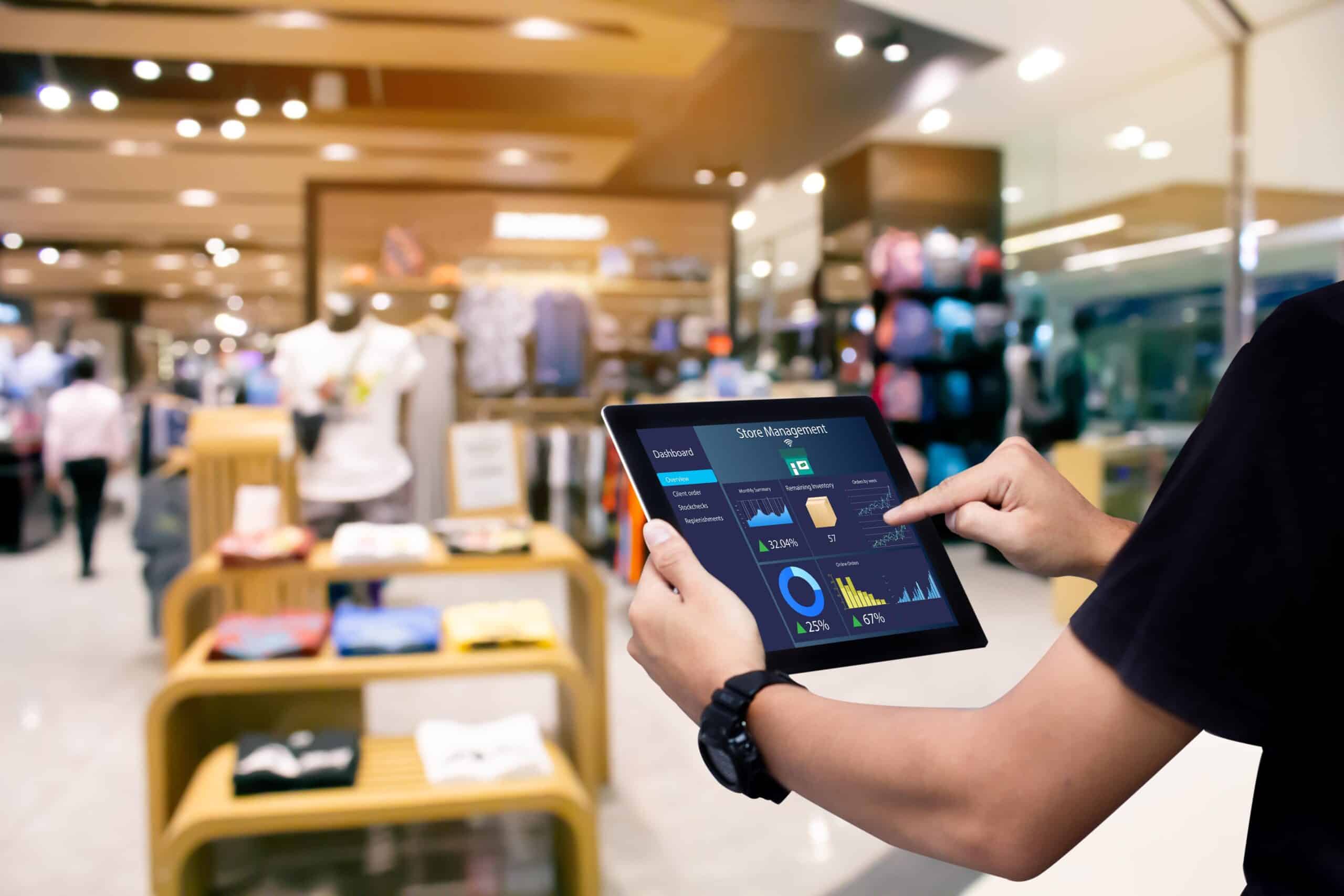- Try before you buy
- Augmented reality offers a new way to shop
- Creating a stronger emotional connection with consumers through AR
- How AR technology can transform the shopping experience
Augmented reality technology has advanced considerably in recent years, finding useful new applications in a wide variety of industries, including gaming, education, real estate, construction, healthcare, and retail. The retail industry in particular has taken rather well to this emerging technology, with more and more brands using AR to enhance the consumer experience. According to a recent report published by MarketsandMarkets, the global augmented reality in retail market is predicted to grow from $1.2 billion in 2018 to $11.4 billion by 2025.

Consumers themselves seem to be in favour of the technology. A recent survey by the research firm GfK reveals that shoppers prefer AR technology to subscription services and shopping via smart speakers. While only 5 per cent of surveyed consumers have used augmented reality while shopping in the past, 25 per cent of them would like to do so in the future, which presents a major opportunity for retailers. AR technology benefits both retailers and consumers. It allows retailers to offer consumers a more immersive and memorable shopping experience, while at the same time enabling them to make better-informed purchasing decisions, which also helps minimise returns.
Try before you buy
The US-based retailer J.C. Penney recently joined forces with Verizon Media on a mobile ad campaign for the company’s new Modern Bride collection. Throughout the holiday season, users visiting Verizon Media websites such as HuffPost Life and Yahoo Sports will be able to click on ads to launch an augmented reality feature that allows brides to virtually try on engagement rings. The campaign will also feature other ad formats. For example, after answering some questions about their lifestyle and fashion tastes, brides will also be able to take a quiz that reveals their wedding personality.
The idea to launch the campaign during the holiday season was driven by a realisation that nearly one fifth of wedding proposals take place in December. With so many consumers considering buying a ring during that period, J.C. Penney decided to get ahead of this trend by enabling brides-to-be to find the perfect ring through a mobile app. “We asked ourselves, how can a retailer bring the unique experience of trying on and shopping for an engagement ring to life via mobile?” says Verizon Media’s head of premium sales, Marinn Jackson. “Commerce should be a two-way street between brands and consumers.”
Virtual try-ons have become increasingly popular among brands in recent years. Nike, for example, recently launched a new app called Nike Fit, which uses a combination of augmented reality, computer vision, data science, artificial intelligence, and machine learning algorithms to help users find the accurate size for any type of Nike shoes. After the user takes a photo of their feet using the phone’s camera, the app measures the length and width of each foot individually down to the millimetre by capturing 13 different data points. The measurements are then fed into a machine learning model that takes every detail of every shoe in Nike’s catalogue into account, including the materials and the lacing systems. Finally, the resulting data is compared against the user’s personal preferences and the purchasing decisions made by people with similar-sized feet to suggest the perfect fit for those particular measurements.
The hair care brand Aveda has taken a similar approach by launching a new section on its website called ‘Find Your Shade’, which lets customers virtually try on different hair colours without having to book a salon appointment. Accessible through both mobile and desktop devices, the new section uses augmented reality and artificial intelligence technologies developed by Perfect Corp. to overlay digital colouring onto customers’ hair, automatically adjusting to their natural hair colour and lighting conditions to produce a realistic virtual colour effect. Customers will be able to try 64 different hair colours, as well as a ‘colour melt’ effect for an additional 30 shades.
Augmented reality offers a new way to shop
Augmented reality technology enables brands to offer consumers a new way to shop. For instance, Toys R Us recently teamed up with Snapchat to launch a shoppable AR toy store in Canada. The new virtual store utilises Portal Lenses, a popular Snapchat feature that transports users into a 3D world where they can walk around and interact with their environment. When users open the app, they’re greeted by Geoffrey the Giraffe, the retailer’s beloved mascot, who will then guide them through a computer-generated maple leaf portal into a virtual Toys R Us store. As users walk through the store, the toys around them will come to life and they’ll be able to interact with them by swiping up, which will take them to Toys R Us Canada’s website where they can complete the purchase. “AR is a powerful new technology and we are excited to use it to improve the customer experience,” says Frank Juhasz, the president of omni channel innovation at Toys R Us. “Through this partnership with Snapchat, we’re able to bring our toys and products to life in new ways.”
Snapchat entered into similar partnerships with several other brands, including the Italian luxury brand Gucci and the department store chain Kohl’s. Just like Toys R Us’ offering, Kohl’s ‘New Gifts at Every Turn’ mobile experience allows users to purchase real products from a virtual store. The store features merchandise from a variety of brands and designers, including Elizabeth and James, Vera Wang, Jason Wu, Lauren Conrad, and Scott Living. Each item featured in the store comes with a shoppable link that takes users to a corresponding page on Kohl’s website. Unlike the other two, Gucci’s AR Lens doesn’t allow users to make a direct purchase. Also available through Snapchat’s Lens Carousel, Gucci’s mobile experience transports users to a tropical island filled with the brand’s signature handbags and accessories. Once there, users can walk around the virtual beach or take selfies while taking a plunge in the virtual sea.
The British online fashion retailer Asos recently upgraded its shopping app with a new augmented reality feature called The Virtual Catwalk. Developed in cooperation with the London-based augmented reality firm HoloMe, the new feature allows consumers to better gauge how a certain product might look in real life by having a virtual model walk it for them down the runway. All they have to do is point the phone’s camera at a flat surface, press the AR button on the product page, and the model will appear right in front of them wearing the product in question. Consumers will also be able to zoom in or out to inspect every detail of the garment and even take a screenshot to share with their friends. “By allowing the consumer to bring mobile shopping into their own physical space, we can create a more intimate buying experience,” says Janosch Amstutz, the CEO of HoloMe. “We are excited to see how our technology can be used as a new way to communicate to the customer.”
Creating a stronger emotional connection with consumers through AR
Today, brands have an opportunity to better connect with their customers by demonstrating that they also care about things that are important to them. Younger consumers in particular respond well to cause-driven campaigns and will often stay loyal to brands that share their values. The 2018 Edelman Earned Brand study reveals that as much as 64 per cent of consumers worldwide decide whether to buy from a brand solely based on its social or political positions. Aiming to showcase its commitment to environmental sustainability, Adidas recently hosted a gamified augmented reality experience at its flagship store in Paris that allows consumers to see how the sportswear giant helps clean up the oceans by turning recycled plastic into shoes.
To participate in this AR experience, users are first required to install an app called App For The Oceans, which was developed in cooperation with the creative agency Monochrome and AR developer Eyecandylab. As they walk into the store, users are invited to launch the app and point their phone’s camera at one of the numerous digital displays installed around the store. That brings up an image of a virtual ocean, with a whale swimming around and collecting plastic debris. Once they help the whale collect all of the plastic waste floating around in the ocean, users are rewarded with an animation that shows how that waste is transformed into shoes.
How AR technology can transform the shopping experience
The adoption of augmented reality technology among retailers has increased significantly in recent years, with more and more brands turning to AR to enhance the consumer experience. Whether it’s used to help consumers make better informed purchasing decisions by allowing them to virtually try on products before buying them, transform the shopping experience by offering consumers a new way to shop, or help brands foster loyalty among consumers by demonstrating their commitment to shared values, AR technology has become an indispensable tool in retailers’ marketing strategies, one that could mean the difference between success and failure.




